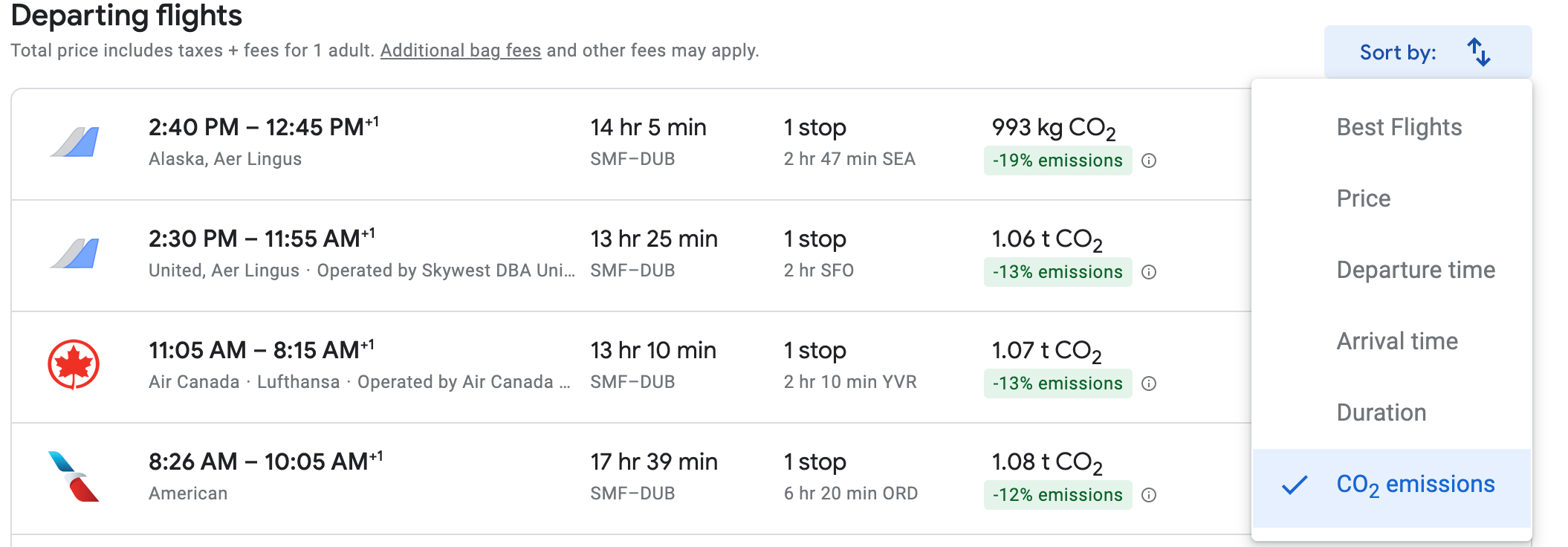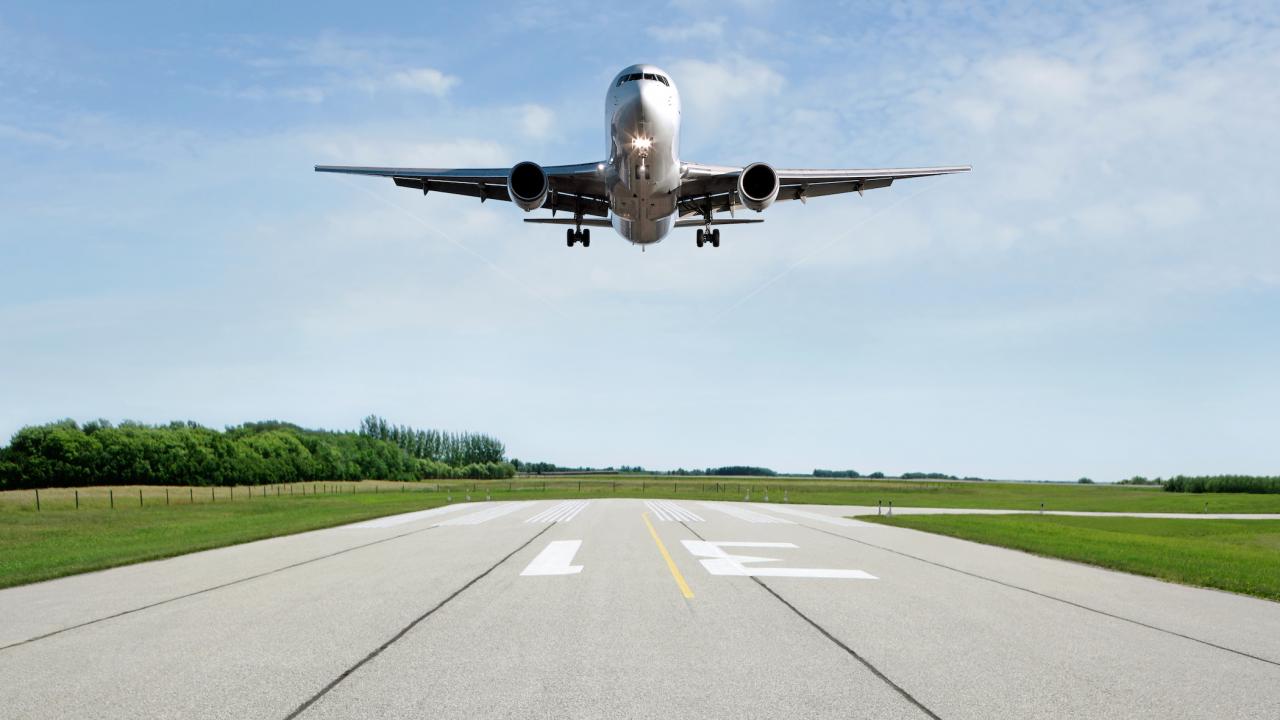As more people begin booking flights again, many factors come into play—from price to time of day to number of stops. Last month, Google Flights began adding carbon emissions estimates for flights in its search results.
Research from UC Davis indicates that consumers are willing to pay more to pollute less during flights and that including such emissions information may help green the aviation industry.
In a blog post for the Institute of Transportation Studies (ITS), computer science professor Nina Amenta, environmental psychologist Angela Sanguinetti, and National Center for Sustainable Transportation policy director Mike Sintentos write:
“Many consumers choosing lower-carbon flights could push airlines to invest in more fuel-efficient aircraft as well as sustainable aviation fuels. Repeatedly seeing emissions information could raise traveler’s awareness of the environmental cost of flying. This may ultimately build support for emissions reduction regulations and investments in more sustainable travel alternatives.”
In 2015, the team began work on GreenFLY.ucdavis.edu, a demo flight search website that shows the emissions of each flight as prominently as the price and sorts flights from lowest to highest emissions. The demo showed wide variation in emissions among flights with the same origins and destinations. For example, emission estimates for flights from San Francisco to Paris ranged from 711 kg to 1,623 kg.

Experiments conducted by Sanguinetti and Amenta indicate that displaying emissions estimates might change behavior. In the experiments, participants were asked to choose among “hypothetical flight choices on an interface very similar to the new Google Flights that showed CO₂-equivalent emissions prominently and labeled the greenest flight,” describes a Computer Science news article.
Participants were willing to pay $20 or more for a flight with 100kg emissions fewer than a comparable flight, although price was still the most important factor.
“This translates to a rate (‘willingness to pay’) of about $200/ton of CO2 saved, much higher than the average price of carbon offsets, which is about $3-6/ton!” the researchers wrote in the blog.
Media Resources
Kat Kerlin is an environmental science writer and media relations specialist at UC Davis. She’s the editor of the “What Can I Do About Climate Change?” blog. kekerlin@ucdavis.edu. @UCDavis_Kerlin
